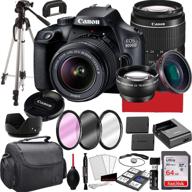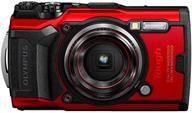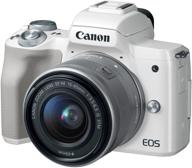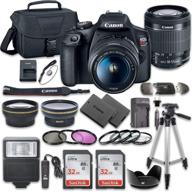
Review on Nikon D3100 DSLR Camera with Auto Focus-S Nikkor Zoom Lens (Discontinued by Manufacturer) by Li Kai ᠌

The goods are normal, money is not wasted!
The designers were too smart: in many modes without a flash at night or in the evening it is impossible to photograph anything: it says “the object is too dark” and shooting is disabled. On the one hand, this is good for the inexperienced, but . This is not only when shooting the moon in the night sky, but also, for example, when trying to photograph an almost white cat in a room against a dark background under the light of a fluorescent lamp (the cat is very well lit, but there is a shadow behind him) - I had to with a flash. Why then did they make inflated sensitivity up to Hi2 - the equivalent of ISO 12800? All of these shortcomings, except for overexposure, are absent on my old Canon PowerShot A480 - in fact, that's why I write them here as shortcomings. Conclusion: Mercedes is Mercedes (even A-class), Canon is Canon! Moreover, I compared with Canon for 3000. It’s good that I at least took a second-hand Nikon, I didn’t overpay so much. If you find out late that the picture is overexposed, then the “curves” tool, which is available in many graphic editors (I will name the free Paint NET and GIMP that I use) will help out - even JPEG can be edited this way - adjust the curve of each color: for example, with a white sky - lower the upper ends of the curves of red and a little green.
- APS-C matrix. The stabilizer of the supplied lens is good, I was able to shoot a clear shot with a shutter speed of 1/2 s and a focal length of 55 mm (of course, you need to hold the camera well). The ability to shoot in RAW + JPEG is convenient (however, RAW is only compressed here - I can’t say if this is more of a disadvantage or advantage). However, competitors in the RAW price category also have it.
- Grossly mistaken with the white balance in the "Landscape" (LS) Picture Control mode: if the frame is mostly water and sky, or if the shutter speed (exposure) is somewhat shorter than required by the level of illumination and sensitivity, the frame will be all "red". Moreover, it practically does not depend on which white balance preset is selected (if you set it correctly: on a sunny day - "Auto" or "Direct sunlight") - manual white setting + then a photo editor can relatively help out! With the "Standard" (SD) Picture Control, errors are not as noticeable. Sometimes it slightly overestimates the brightness (overexposure). Moreover, the brightness is overestimated with auto _no_flash! With a flash, oddly enough, it turns out more correctly. I was not the first to notice both, I read in the reviews, and I confirm. As a result, the sky is sometimes white, so even from RAW (it is compressed here) it is difficult to pull out something sensible, you need to check the view immediately when shooting and adjust the exposure, ISO, aperture (see also the comment below). At first it even seemed that even in manual (M) mode it was impossible to turn off the flash completely! And the instruction is silent that to turn off the flash, you can simply close its cover! And _through_menu_ in exposure priority, aperture priority, program auto (P) and in "manual" the flash is adjusted, but not turned off. It would be nice if they did such a shutdown for all modes by hand and would write it in the instructions. But it can be turned off through the menu in some modes. This ambiguity is confusing. In addition, there are "auto without flash" and "landscape" modes, where it is always off. There is no simple setting of the shutter speed to "infinity" from the menu, instead you can use the "M" mode of the A / M switch on the lens: manually rotate the lens, guided by the sharpness in the viewfinder (it is electronic) or on the display. You just can’t wind it up to the end: it won’t be infinity, but who knows what, unsharply, that is, it spins further than necessary.
New products
Comments (0)
Top products in 📷 Digital Cameras

Canon EOS 4000D DSLR Camera Bundle with 18-55mm f/3.5-5.6 Zoom Lens, 64GB Memory Card, Carrying Case, Tripod, and Extra Accessories (28-Piece Kit)

15 Review

Discover the OLYMPUS Tough TG-6 Waterproof Camera in Captivating Red

12 Review

White Canon EOS M50 Mirrorless Vlogging Camera Kit - EF-M 15-45mm Lens, 4K Video, Built-in Wi-Fi, NFC & Bluetooth Technology

3 Review

Canon T7 18 55Mm 3 5 5 6 Accessory

4 Review





